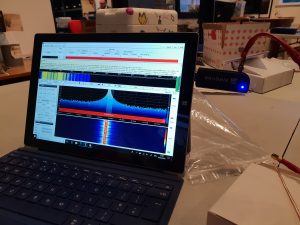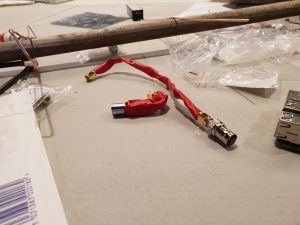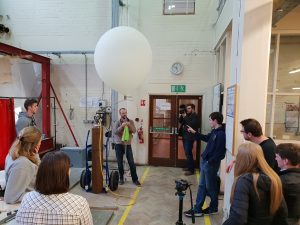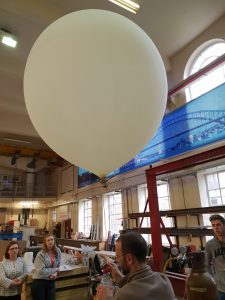Following a 1am finish the balloon team were back on hand Monday afternoon for some radio distance tests.
The transmission team went up to the Knockagh Moument which gives a commanding view over Belfast Lough while the receiving team travelled out on the other side. This was a test of both our payload radio systems and our ground two-way PMR radios.
First trial was to Cultra, about five miles.
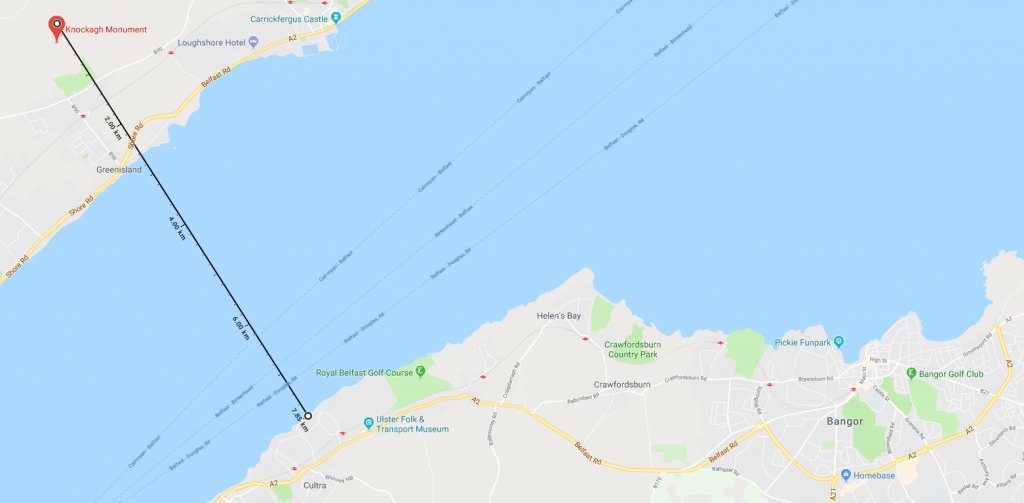
Following a successful test here the receiver team moves to Helen’s Bay (six miles from the monument).
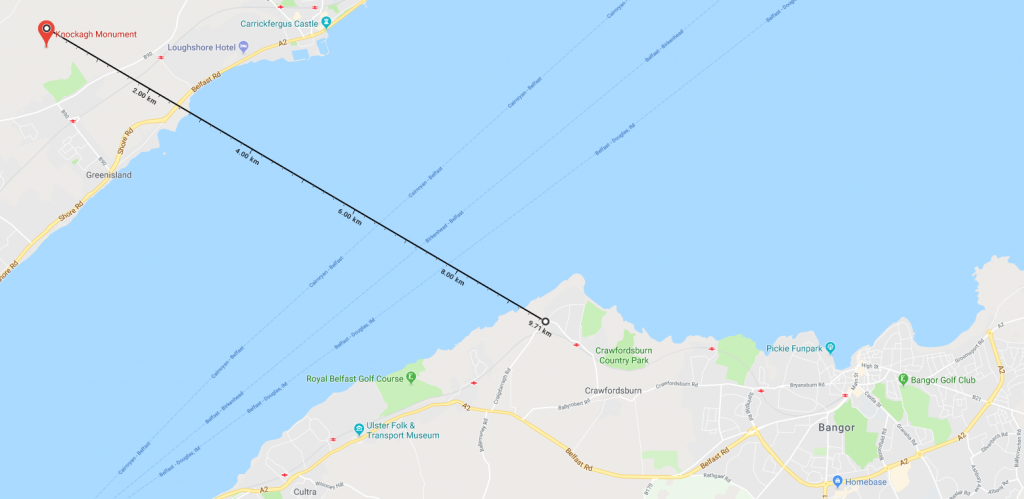
And following success there into Bangor (10 miles) which is about as far as we could get line of sight for.
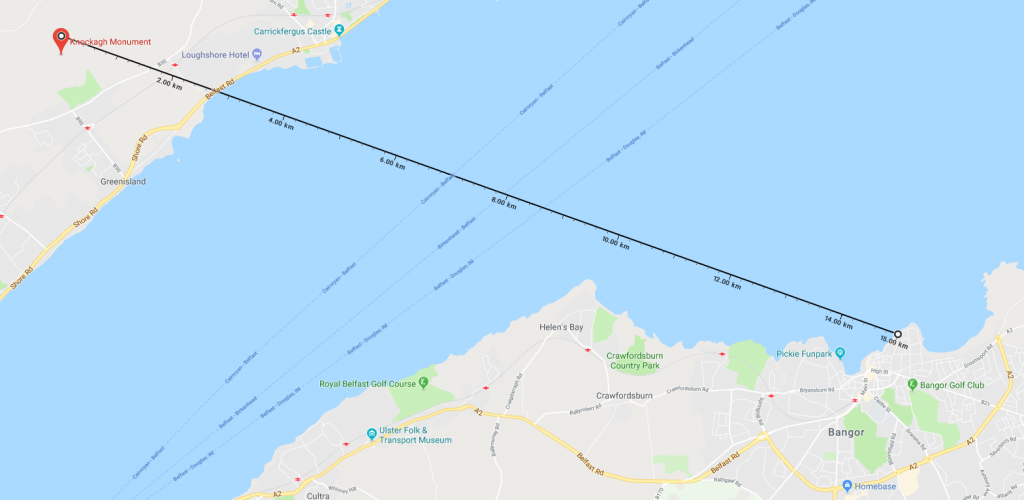
Tests were hugely successful if not a bit cold.



Thanks to someone flying a drone nearby we also got some great aerial footage of our testing in progress!
All in all a very successful day, proving the wiring done the night before and some useful learning points using the software.



